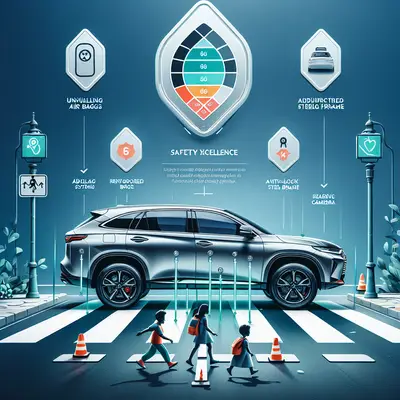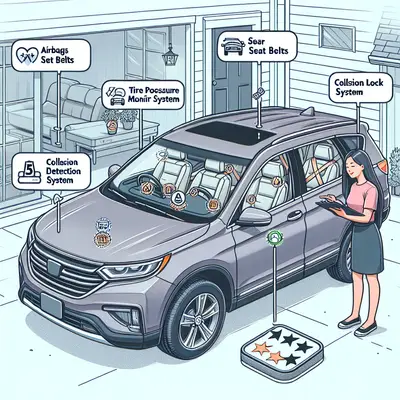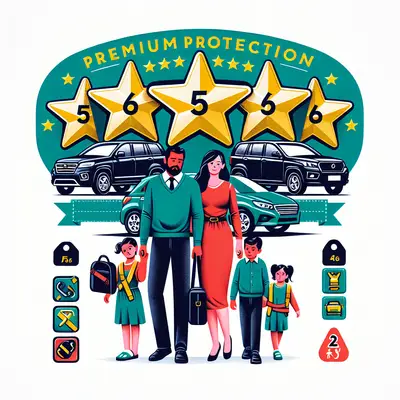The Symphony of Structural Integrity
The first chapter in our exploration delves into the structural integrity of family SUVs. From the strategic placement of high-strength steel to the orchestration of crumple zones, these design details contribute significantly to the vehicle's overall safety rating. The strength of the SUV's shell not only shields passengers from impact but also plays a crucial role in rollover protection—a critical aspect for taller vehicles like SUVs.
The Ballet of Active Safety Features
Active safety features form the next fascinating act in our narrative. These systems, such as automatic emergency braking, lane departure warnings, and blind-spot monitoring, operate in the background, constantly alert and ready to intervene when necessary. They are the unseen ballet dancers, poised to guide the SUV with grace and precision, ensuring the safety of its occupants.
The Sonnet of Passive Safety Systems
Passive safety systems, like airbags and seatbelts, may seem simple, but they are a crucial verse in the sonnet of safety. They spring into action during an incident, working in harmony with the vehicle's structure to minimize potential injuries. The sophistication and number of airbags, the effectiveness of seatbelt pretensioners, and the inclusion of child seat anchors are all evaluated in safety ratings.
The Ode to Visibility and Lighting
Night-time driving presents its own unique set of challenges, making effective lighting and visibility features essential. From adaptive front-lighting systems that swivel with the steering to high-tech LED lights that provide brighter and more energy-efficient illumination, these elements significantly influence an SUV's safety rating. Additionally, features like rearview cameras and parking sensors also play their part in this ode to visibility.
The Epic of Crash Test Performance
Finally, we arrive at the epic finale: crash test performance. Regulated by organizations like the National Highway Traffic Safety Administration (NHTSA) and the Insurance Institute for Highway Safety (IIHS), these rigorous tests evaluate an SUV's ability to withstand front, side, and rear impacts, as well as roll-over incidents. The results of these tests form the cornerstone of any safety rating.
Conclusion
In essence, the safety of a family SUV is a fascinating narrative, woven from various threads of design, technology, and performance. When selecting an SUV, understanding these exquisite insights can help families choose a vehicle that offers not just a high safety rating, but a comprehensive package of protection on their journeys. Remember, safety isn't merely a number—it's a story of assurance, carefully crafted for the well-being of you and your loved ones.



